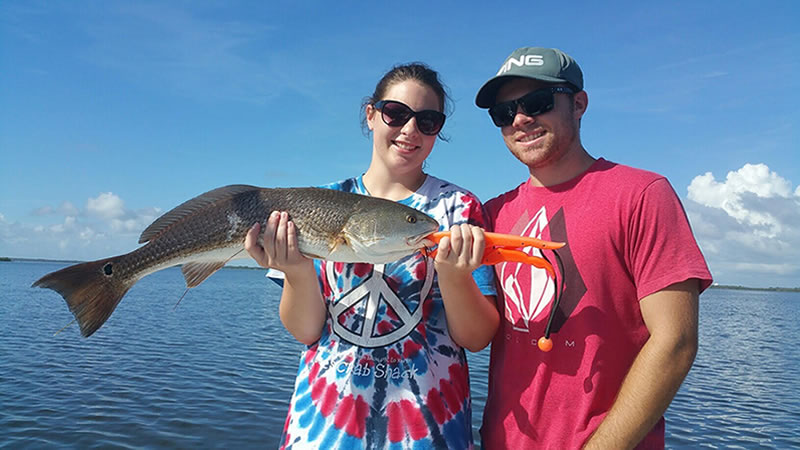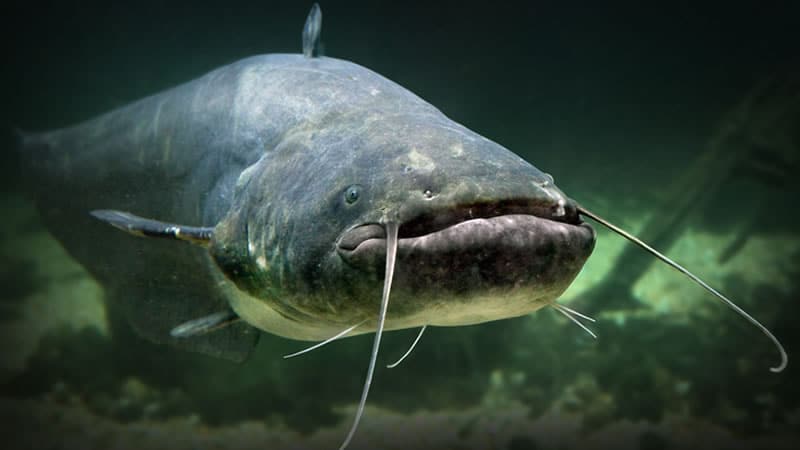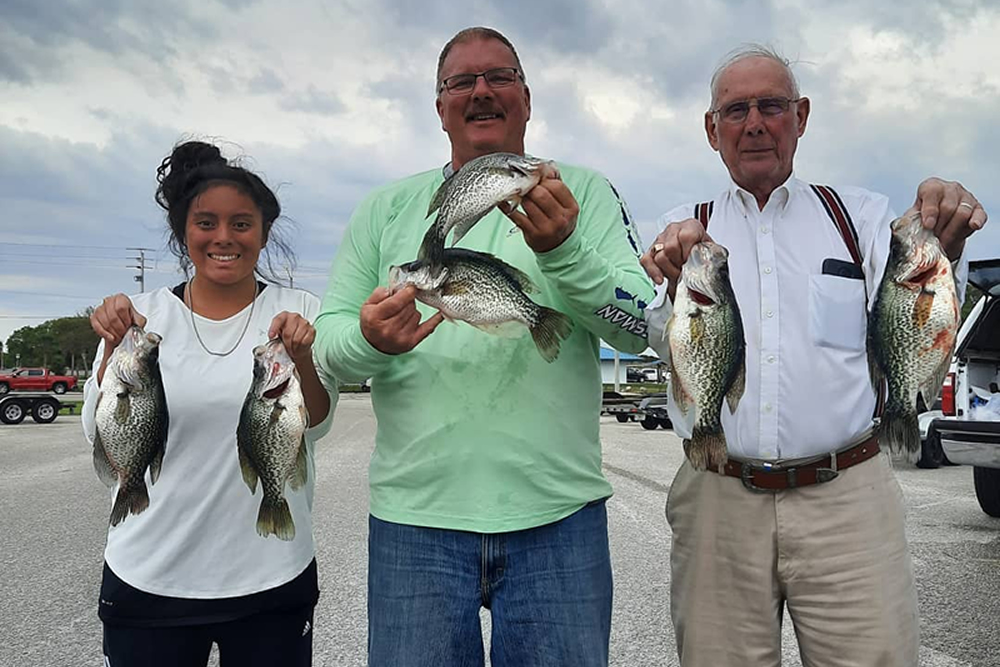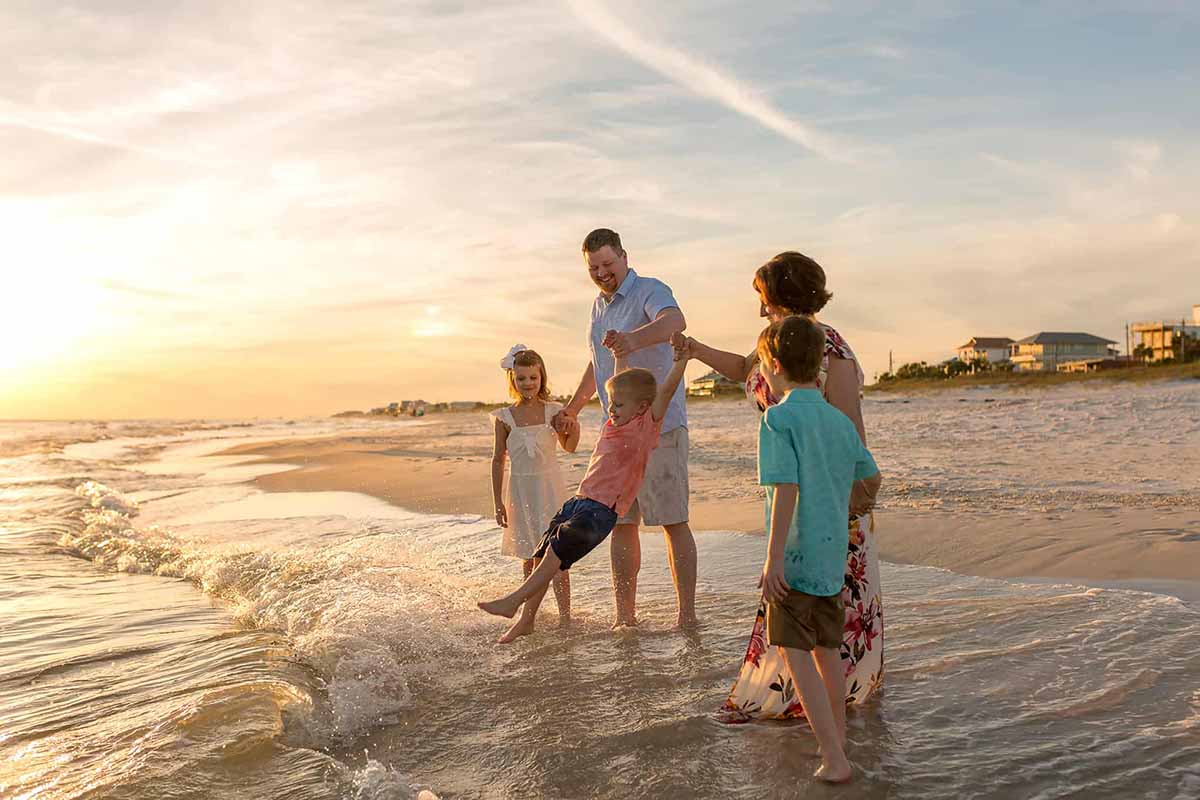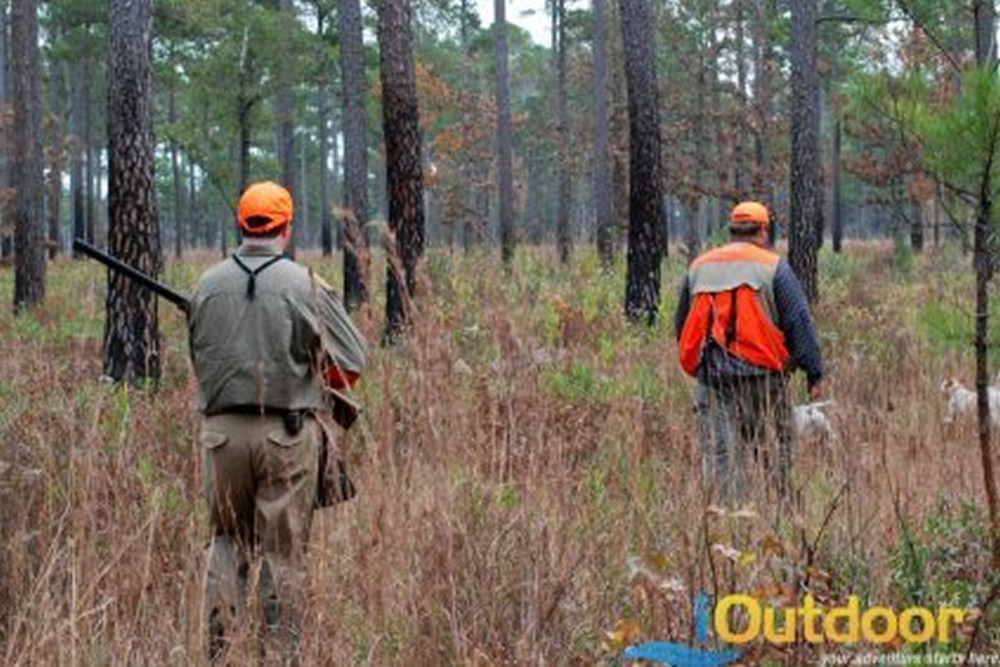Why is Mosquito Lagoon a Fishing Hotspot?
 Mosquito Lagoon, otherwise known as the “Redfish Capital of the World”, is part of the Indian River Lagoon system and the Atlantic Intracoastal Waterway. There are many reasons why many anglers flock to Mosquito Lagoon mostly because of its well-preserved environment and fishing habitat.
Mosquito Lagoon, otherwise known as the “Redfish Capital of the World”, is part of the Indian River Lagoon system and the Atlantic Intracoastal Waterway. There are many reasons why many anglers flock to Mosquito Lagoon mostly because of its well-preserved environment and fishing habitat.
Why is it a Hotspot for Fishing?
First of all, Mosquito Lagoon has no residential development along the shoreline so there are no civilizations that disturb the waters at a regular basis. Second, there are no businesses or agricultural runoff to poison the water. There are also no causeways across the narrow lagoon separating the mainland from the barrier island, which gives fish freely flowing water. There are also 20 miles of lush seagrass which covers the flats where depths average only less than three feet. In these areas, many natural baits or food for redfish and spotted seatrout making these species grow to legendary sizes.
Protecting Mosquito Lagoon
A good number of anglers have been coming to Mosquito Lagoon for so many years along with their boats. This has caused some ecological changes in the lagoon’s environment most especially the formation of prop scars. Prop scars are shallow troughs dredged by propellers uprooting grass. The scarring has been happening at an alarming rate and it takes seven years to heal.
In order to protect the Mosquito Lagoon, the US Fish & Wildlife Service has established marked “poll and troll” zones. It is best for anglers to be mindful of lagoon fishing rules and regulations before actually catching some fish. There are also some tips to help preserve the natural habitat and seagrass in the lagoon. These tips include going light by eliminating excess gear, use a kayak or canoe, and learn to use the wind instead of the propeller.


